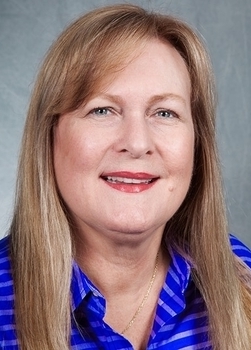I recently authored a post about poseurs. This is post is on a closely related topic, cliques. Cliques are present in almost all social groups. Social psychologists have, for decades, conducted research on in groups versus out groups and the societal roles played by these categorizations of people. Generally speaking, we humans prefer to socialize with people who are more similar than dissimilar to ourselves, leading to the formation of in groups and out groups and the “us versus them” mentality that is often an outgrowth of group membership. When taken to an extreme, in groups become cliques in which membership is often limited to a few people who are selected for their similar appearance, beliefs, activities, etc. Who doesn’t remember the high school classification system of jocks, nerds, socials, freaks, and of course, members of the marching band? Having attended all of my high school reunions, I can report, with scientific certainty, that the cliques present in the 1970s in my small town high school are alive and well. The poseurs still pose and the cliques, well they are still comprised of cliquish people. In addition, I have observed cliques in many other settings, including in my profession, in which the few social psychologists usually opt to stick together instead of spending any time whatsoever with clinical psychologists, neuroscientists, developmental psychologists, etc., etc., etc. It is interesting for me to observe the traits that lead someone to be a member of one clique instead of another. In addition, and as anyone who knows me well can verify, I immensely enjoy participating in almost every clique within a social gathering. I went solo to my last high school class reunion, which gave me the freedom of spending time with people in one clique, then another, until I had spoken with almost everyone who was there. There is a big world beyond the comfort zone inside one’s clique. Allowing oneself to transcend the limitations imposed by cliques can be an enlightening experience.
Other than being in the band, marching and concert, for much of junior and senior high, I don’t think I found myself in too many cliques. And, I’ll report that, even within the unit of the band, there were sub cliques of those who thought they were the best of the bunch. While I was the best of my part of the band, I was not in that clique. I always felt myself outside the cliques in general, but when I became the photographer for the yearbook, that required me to break into the cliques to make photographs. I think that aspect of outsider looking in has always been a part of photography that I enjoy. But, in other roles, in other contexts, the in group cliques persist. Melissa knows this better than me, but in the world we inhabit today, one of my roles involves attending networking events. At these events the existence of cliques is obvious. There are always those who are popular, well know, sought after, and who have a circle around them at the gatherings. Some of these circles are of friends, sometimes they are of competitors (competing lawyers), sometimes the group is of the officers of the organization. Not all of these are tight cliques, maybe not quite the high school cheerleaders/jocks, but my observation is that these behaviors never end. And, when networking, it is a mental obstacle to figure out how to break into that circle. The physical circle is part of the challenge, and because the goal of networking is to meet others, I work hard to find an opening in that circle. This is something I’ve had to discuss with employees who, at some point in their career, will find themselves on the outside looking in. A few people are naturals at breaking into the in group. I will close with a suggestion to those who are in the in group: Be open to newcomers. You will never know who they are, and what they have to offer, if you don’t broaden the circle.



Comments are closed.